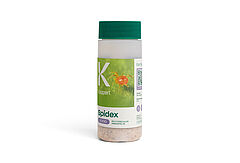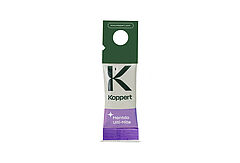
In recent years, the invasive thrips species Thrips parvispinus has spread globally. Its latest destination is Spanish greenhouses, where crop damage is resulting in substantial revenue losses. In response to this urgent issue, Koppert is introducing Montdo Ulti-Mite, an innovative solution designed to withstand heat and low humidity.
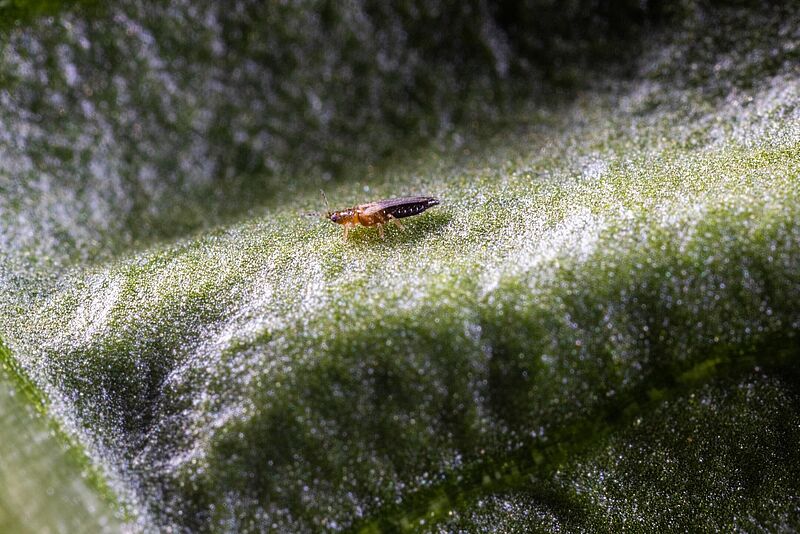 Pest: Thrips Parvispinus
Pest: Thrips Parvispinus
‘We are always on the lookout for upcoming pests,’ says Tim Bossinga, Product Manager at Koppert. ‘Once they are on our radar, we screen our portfolio to find the best natural enemy available. In Spain, we became aware of the rapid rise of Thrips parvispinus and its devastating impact on crops, particularly sweet peppers, aubergine and cucumbers.’
Tim continues: ‘We tapped into our extensive knowledge of predatory mite species, ultimately selecting the predatory mites Amblydromalus limonicus and Transeius montdorensis, proven solutions to thrips and whitefly. In the case of Transeius montdorensis, we also carried out comprehensive research and testing to develop a new formulation, with the most optimal carrier material and packaging for the control of T. parvispinus in Spain's hot and low-humidity climate. We accelerated the entire development and production process, leveraging our high-tech mite production facilities, to provide a viable solution to growers as quickly as possible.’
 Tim Bossinga, Global Productmanager.
Tim Bossinga, Global Productmanager.
Expanding the Ulti-Mite range
That solution is available now: Montdo Ulti-Mite, the newest addition to the Koppert Ulti-Mite family.
‘Together with Limonica our Montdo Ulti-Mite solution is the best solution on the market to address the intense spreading of T. parvispinus,’ says Valter Ceppi, Business Development Manager at Koppert Spain. ‘Not just in sweet peppers and cucumbers, but also in ornamentals, fruits and other vegetables. They heavily damage the plant, leading to a lower-quality product and significant losses.’
In Spain, Valter was closely involved in the development of the parvispinus programme. ‘We are assisting growers with the implementation of our programme,’ says Valter. ‘We advise them on what to do and what not to do. For example, T. parvispinus is highly resistant to chemicals. We know that treating advanced infestations with chemicals can lead to complete crop loss. On top of that, growers incur high costs and reinforce a poor establishment of their integrated pest management programme. We therefore work with growers to assess the pest pressure and provide them with the right protocol for their situation. If a grower must use chemicals to slow down a rapidly expanding infestation, we assist them in doing so sensibly, with a focus buying time for the biological solution to catch up and keep up.’
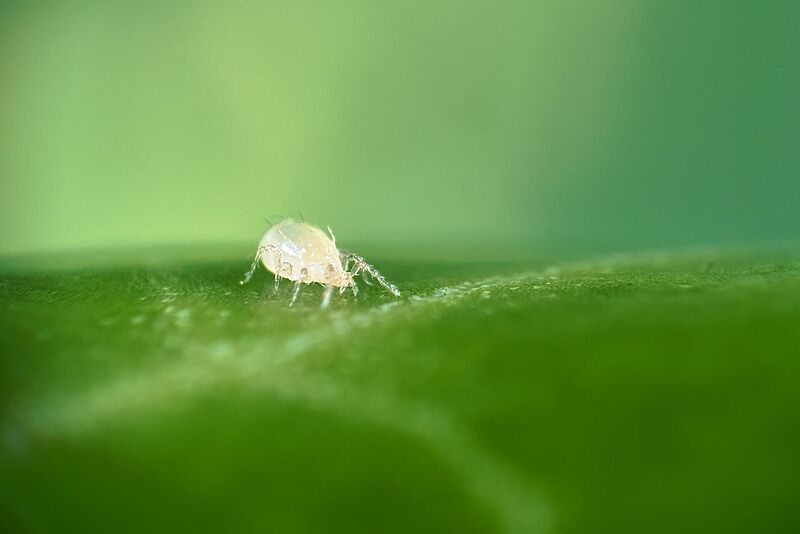 Predatory mite: Transeius montdorensis.
Predatory mite: Transeius montdorensis.
An innovative sachet
What truly sets the Ulti-Mite family apart is the packaging solution. The Montdo Ulti-Mite sachet is made of a special material that can withstand higher temperatures and lower humidity. ‘The material creates a strong barrier against evaporation, locking in moisture for a long period of time. This enables the predatory mites to continue reproducing even under challenging climate conditions,’ explains Tim. ‘It offers a longer lasting alternative to paper sachets in warmer climates.
Over time, the mites disperse and create a blanket of protection. Still, scouting remains essential, explains Tim. “Growers may encounter areas with higher concentrations of Thrips parvispinus that require extra attention. We can guide growers in the limited and targeted use of other predatory mites in these problem areas. This approach can be a quick and effective solution to hotspots, while minimising the risk of intraguild predation, where predators compete with one another.’
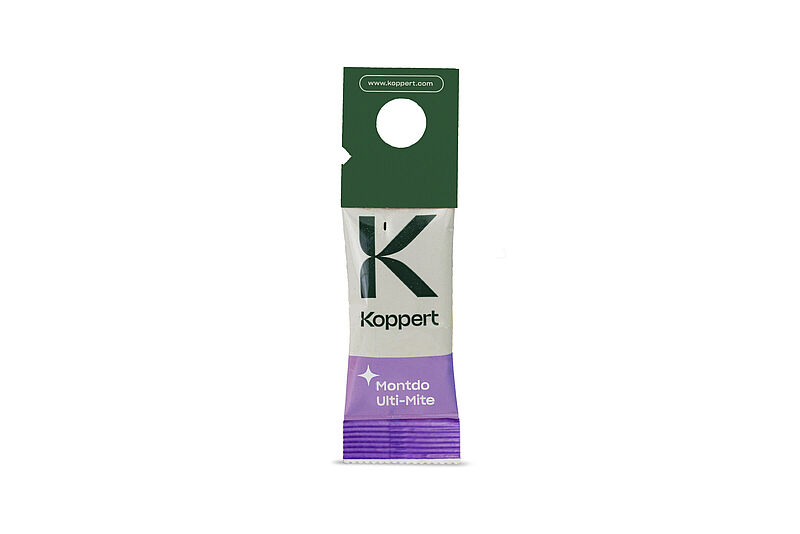 Product: Montdo Ulti-Mite.
Product: Montdo Ulti-Mite.
Ongoing search for new solutions
Transeius montdorensis, with its broad host range, not only controls Thrips parvispinus but also other thrips species and whitefly by preying on young larvae and eggs. While we continue to monitor the development of Thrips parvispinus, we are also monitoring the rise of other thrips species. ‘Next to T. montdorensis, we have a broad portfolio of predatory mites, for example Amblydromalus limonicus, that suppress and control the spread of thrips as well,’ says Tim. ‘We will continue to involve growers throughout the research and development process to introduce the best solutions to existing and new challenges.







